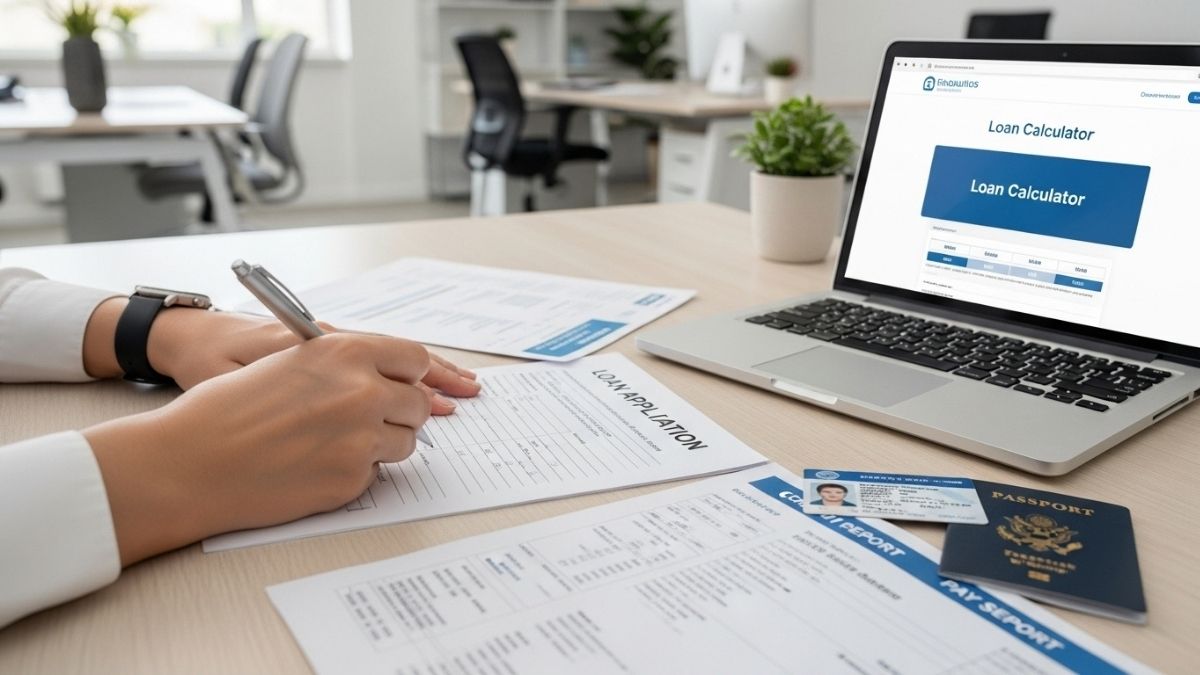A personal loan can help you cover a variety of expenses, such as making major home improvements or paying for unexpected medical bills.
While these loans are flexible and convenient, lenders vary in their requirements for borrowers. For example, some require good credit, while others are specifically designed for those with bad credit.
Are you worried that you won’t qualify for a personal loan? Here’s the inside scoop on personal loan requirements and how to improve your chances of getting approved.
5 Common Personal Loan Requirements
Lenders have different requirements for personal loan borrowers. So it’s important to research and compare your options before applying.
However, in general, you will need to provide the following information:
1. Valid Identification
Lenders typically require you to provide a government-issued ID to verify your age and personal information.
Acceptable forms of identification include a driver’s license, passport, military ID, Social Security card, or birth certificate. However, you should check with your lender for specifics.
2. Proof of Residence (or Address)
You may also be required to share proof of address.
Official documents may include a utility bill with your name on it, a copy of your lease or mortgage agreement, a voter registration card, or a copy of your homeowners or car insurance policy with your address on it.
3. Consistent Income
Lenders may have income requirements, such as earning at least $25,000 per year (but not always).
In any case, you will need to have a steady income or sufficient savings to prove that you can afford your monthly payments.
Pay stubs, bank statements, and other documents are typically requested to verify employment and income.
4. Manageable Debt
Just because you have enough income doesn’t mean you have the cash on hand to make your personal loan payments each month. Lenders consider your debt-to-income ratio (DTI) to measure your ability to pay your debt.
DTI, usually expressed as a percentage, and shows how much of your gross monthly income is used to pay off current debts (such as car loans or credit card payments). Lenders prefer a DTI of less than 36%.
5. Acceptable Credit Score and History
You don’t need to have perfect credit to get a personal loan. However, most lenders require at least a good credit score.
- A good credit score is between 670 and 739.
- Some lenders may also accept fair credit (580 to 669). However, this will likely result in a higher interest rate.
Also Read: How to Achieve Financial Independence: Beginner’s Guide
How to Improve Your Chances of Getting a Loan Approval
Understanding the needs of lenders is the first step. The next step is to decide how to improve your chances of qualifying for a personal loan.
Here are some tips.
1. Check Your Credit Status
Before you apply for a loan, check your credit report for errors. You can get a free copy of your credit report at AnnualCreditReport.com.
If you find any errors, you can file a dispute with the credit bureau to have the problem fixed before you apply for a loan.
Your credit score doesn’t appear on your credit report. However, banks and credit card issuers often offer free access to your credit score.
Since many lenders require good credit, it’s important to understand what your credit score is before you apply for a loan.
2. Strengthen your financial situation
Make sure your financial situation is in good shape before you start comparing loan options. If your monthly debt payments are high, consider supplementing your income with a side gig.
- Make sure you make your monthly debt payments on time.
- Limit your credit card usage and reduce your credit utilization ratio.
- Set up automatic payments to avoid missing out on bills.
Even if you don’t have a good credit score, these steps can help you improve your credit score before you apply for a loan.
3. Calculate How Much You Can Afford
The next step is to determine how much you need to borrow, and how long you need to repay it.
Estimate the interest rate, then use a Loan Calculator to calculate your likely monthly payment. Personal loans can have repayment terms as long as seven years or as short as one or two years.
Knowing how much you can comfortably afford before you apply for a loan can help increase your chances of getting approved.
Do You Need to Prequalify for a Personal Loan?
While not required, it’s a good idea to prequalify for a loan with a few different lenders.
You simply enter a few personal details on the lender’s website, and they’ll show you the estimated interest rates and loan terms you’ll qualify for.
While prequalification doesn’t guarantee an interest rate, it does give you a sense of the lender’s personal loan rates and your estimated monthly payments.
While prequalifying with your current bank or credit union is a good start, you’ll need to prequalify with other lenders to find the best and most affordable option.
Pre-qualification includes a Soft Credit Check that will not affect your credit score. Once you submit a complete application, the lender will begin a Hard Credit Check that will appear on your credit reports and can affect your credit score.

